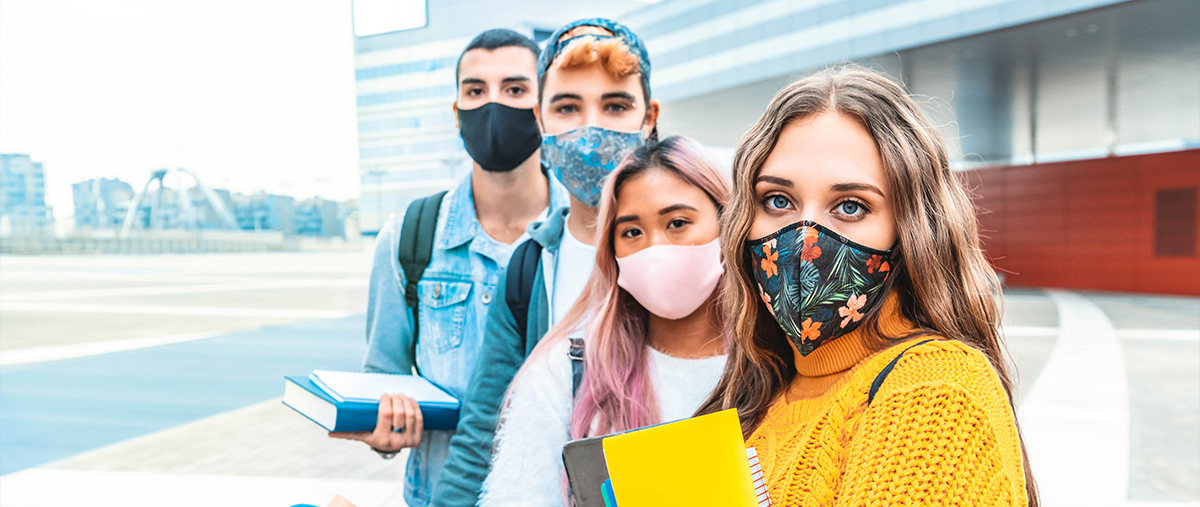For the most part, kids are excited to be returning to school in person, to see their friends and teachers and participate in more “normal” activities again. But many students will also face some anxiety as they come back to campus in the midst of the coronavirus pandemic. It will not be a complete return to the way things were in the past and there will be significant rules and restrictions. You may anticipate both you and your students will encounter some challenges.
Fear and trepidation of the pandemic itself are likely to arise. While generally, COVID has not been as serious a disease for children, lately the incidence of severe illness, hospitalization and death of younger patients is more prevalent now. Vaccines are not yet approved for children under 12, so the public health measures of masking, hand washing and social distancing are extremely critical in elementary schools. While these essential protections are helping to keep kids safe, they are a constant reminder that the virus is still around.
Vaccines and masks to some represent more than public health considerations. You may expect that some of your parents, and possibly students, will not agree with policies requiring vaccination and universal mask wearing. Late last week, California became the first state in the nation to mandate the COVID vaccine for all school staff and eligible students for in-person instruction. Conflict and confrontation around these issues can certainly make students feel uneasy and as though they are being pulled between trusted adults with differing viewpoints.
"Conflict and confrontation between trusted adults can make students uneasy."
It’s important to recognize that you will have students coming back to school who have already suffered terrible losses. Perhaps a close family member has died from COVID or is still struggling with long-term effects of the disease. Others come from households where parents lost jobs, risk homelessness or otherwise economically impacted by the pandemic. These vulnerable kids will need support and understanding when they come back to school.
As in all the areas of our society, mental health will be a significant concern in a return to in-person instruction. School psychologists and counselors will have their hands full in encountering the range of possible reactions in their students. Be especially aware of signs of withdrawal, depression, aggressiveness and violence in addition to anxiety. Whenever possible, try to deal with policy conflicts away from groups of students and employ de-escalation techniques when arguments flare.
Keeping the learning environment safe for kids is especially important during this difficult transition. Awareness of and preparation for potential issues to address will help your students cope with their fears and anxieties.


